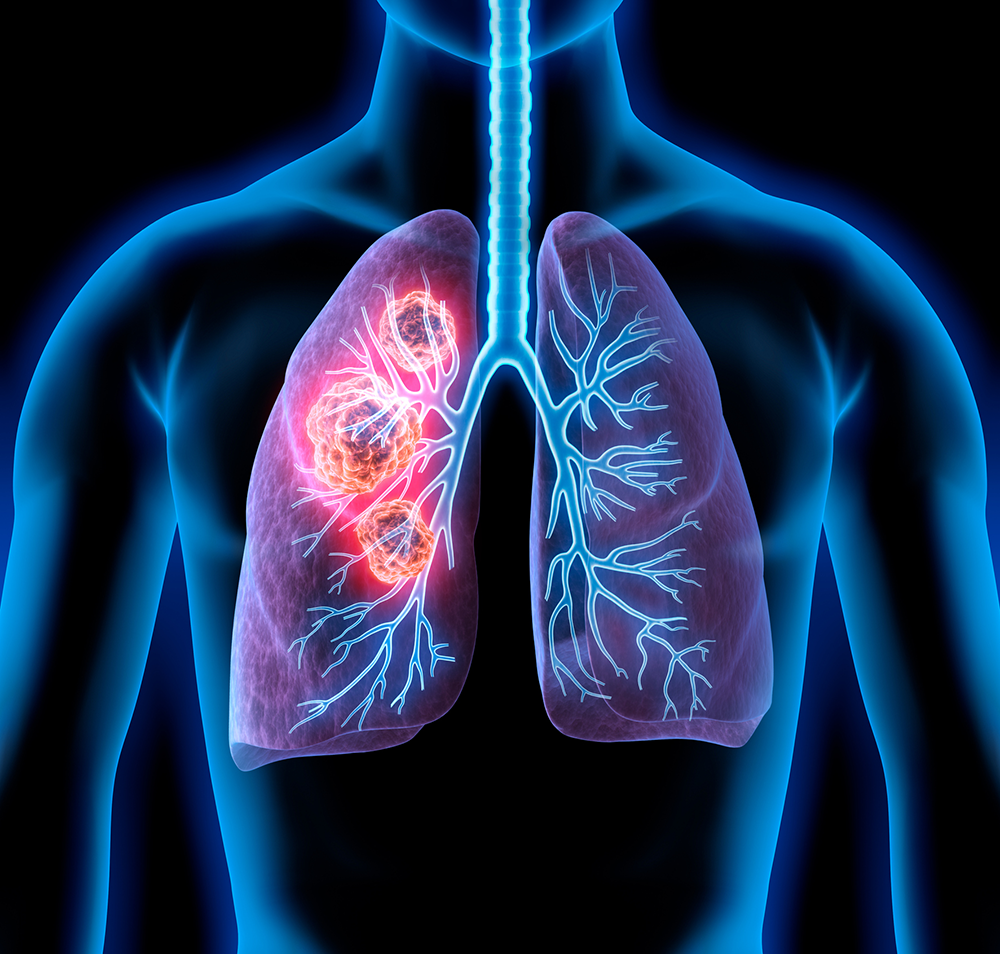{image_1}As Sarcoma Awareness Month is underway this July, now is the appropriate time to become aware of all the risk factors associated with sarcomas.
Most times a tiny lump or bump on our bodies shouldn’t cause any concern in our lives. However, these little bumps can turn into a cancerous tumor called a sarcoma. A sarcoma is a grouping of malignant or cancerous tumors formed within connective tissues. These tumors can form from a variety of tissues including fat, blood vessels, muscles, nerves, bones, tendons, deep skin tissue, and cartilage. Approximately fifteen thousands new cases of sarcoma are diagnosed every year in the United States. Although sarcomas account for only 2 percent of all adult cancers, sarcomas are one of the leading cancers afflicting children. The diagnosis of sarcoma cancer makes up 20-25 percent of the cancer diagnoses in children each year.
Sarcomas are grouped into two different categories, soft tissue tumors, and bone tumors. These tumors are hard to diagnose because they are rare and can be found nearly anywhere in the body.
Every diagnosis of sarcomas is different. Depending on the staging, type, and development of the tumor, the prognosis and outcome of the patient will be different.
Be Alert
Sarcomas can often be overlooked and are hard to diagnose. It is extra important for parents to be attentive towards any of these possible signs of Sarcomas:
- Sarcomas are most commonly diagnosed from lumps that are new, increasingly getting larger, or deep lumps.
- Lumps:
- Be aware of any bumps or lumps that are larger than two inches.
- Whether or not the lump hurts
- If there is a pain without any increase in activity or injury
- Pain:
- Sarcomas do not always cause pain, but if there is any increase in pain, (especially at night), or any sort of pain that increases after resting the sore area.
- Be cautious of any pain that persists in one area for more than a month.
Other Signs of Sarcomas include:
- Pain that persists and does not go away
- Discomfort when moving any part of the body
- An unexpected increase in pain after any incident
- A growing bump or lump that may or may not cause associated pain
How to Approach a Possible Sarcoma:
In experiencing any of the associated symptoms of a Sarcoma, seeking immediate help from a physician is key. Seeking help as early as possible is the most effective way to increase patient outcomes and survival.
Early detection is essential. If you notice that a lump has formed and has not gone away, it is important not to ignore it.
Treatment Options
Sarcomas are often difficult to treat because they begin as tiny bumps that metastasize until they are big enough to be seen. This growth means that the bumps have grown to connect with other tissues, such as the lymph nodes, and will be difficult to treat. Minnesota Oncology offers many treatment options for a variety of cancers. When diagnosed with a sarcoma, oncologists will work to develop a specific treatment plan based on each individual diagnosis. At Minnesota Oncology, our treatment options are segmented by each stage of the soft tissue sarcoma and the treatment plan made by your oncologist may include:
Stage I:
- Surgery (wide local excision or Mohs microsurgery)
- Radiation therapy before and/or after surgery
If cancer is found in the head, neck, abdomen, or chest, treatment may include the following:
- Surgery
- Radiation therapy before or after surgery
- Fast neutron radiation therapy
Stages II and III:
- Surgery (wide local excision)
- Surgery (wide local excision) with radiation therapy, for large tumors
- High-dose radiation therapy for tumors that cannot be removed by surgery
- Radiation therapy or chemotherapy before limb-sparing surgery; radiation therapy may also be given after surgery
- A clinical trial of surgery followed by chemotherapy, for large tumors
Stage IV:
The cancer has spread to the lymph nodes:
- Surgery (wide local excision) with or without lymphadenectomy. Radiation therapy may also be given after surgery
- Radiation therapy before and after surgery
- A clinical trial of surgery followed by chemotherapy
The cancer has spread to internal organs:
- Surgery (wide local excision)
- Surgery to remove as much of the tumor as possible, followed by radiation therapy
- High-dose radiation therapy, with or without chemotherapy, for tumors that cannot be removed by surgery
- Chemotherapy with one or more anticancer drugs, before surgery or as palliative therapy to relieve symptoms and improve the quality of life
- A clinical trial of chemotherapy with or without stem cell transplant
- A clinical trial of chemotherapy following surgery to remove cancer that has spread to the lungs
Survivorship Programs:
The news of a cancer diagnosis can be very difficult to overcome. Minnesota Oncology offers many Survivorship programs to help assist each patient in their journey to survival. What is Survivorship? The National Coalition for Cancer Survivorship (NCCS) considers someone a cancer “survivor” from the day of diagnosis throughout the rest of life. At Minnesota Oncology, we agree with this definition. If you are at the start of your journey or have had a change in treatment, you may or may not feel like a cancer survivor. That’s okay. We still consider you a cancer survivor. We define survivorship from the time of diagnosis and continuing through treatment and afterwards until the end of life. Survivorship care also includes the family members, friends and caregivers who are members of your inner circle and who contribute to your emotional and physical well-being. Lear more about Minnesota Oncology's Survivorship Program here.
About the author: Dr. Samith Kochuparambil joined Minnesota Oncology in 2015. Dr. Kochuparambil received his medical degree from the Madras Medical College, Chennai, India. He completed a residency in Internal Medicine at the Medical College of Georgia in Augusta and a fellowship in Medical Oncology & Hematology at the Mayo Clinic, Rochester, MN.
He is also co-author on a number of research articles in publications such as the International Journal of Oncology and American Journal of Medicine.
Appointments can be scheduled with Dr. Kochuparambil at the Minneapolis Clinic by calling (612) 884-6300 or at the Allina Outpatient Oncology Clinic in Buffalo, MN at (763) 684-6100.
Sources:
https://mnoncology.com/
http://www.reininsarcoma.org/
http://www.stbaldricks.org/



